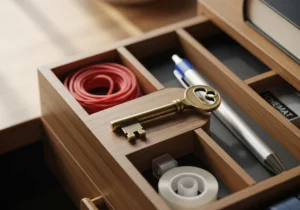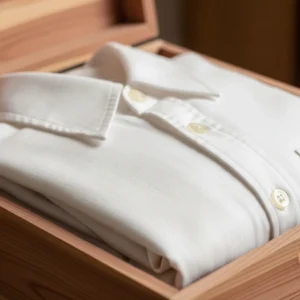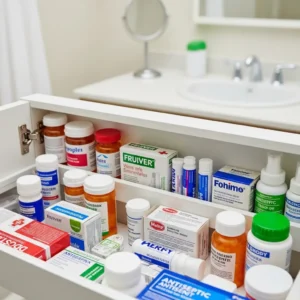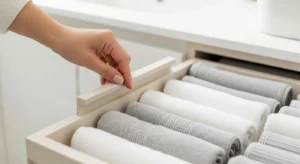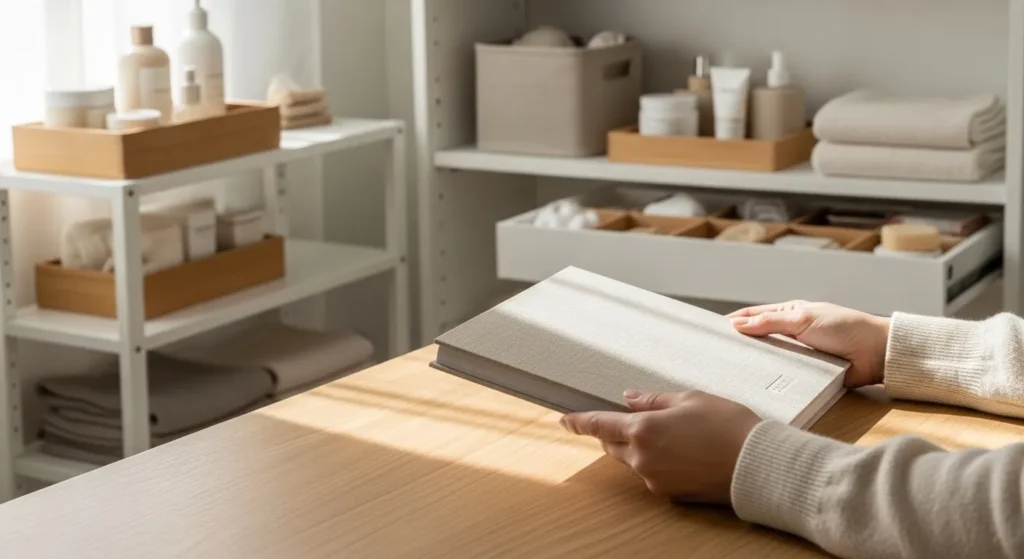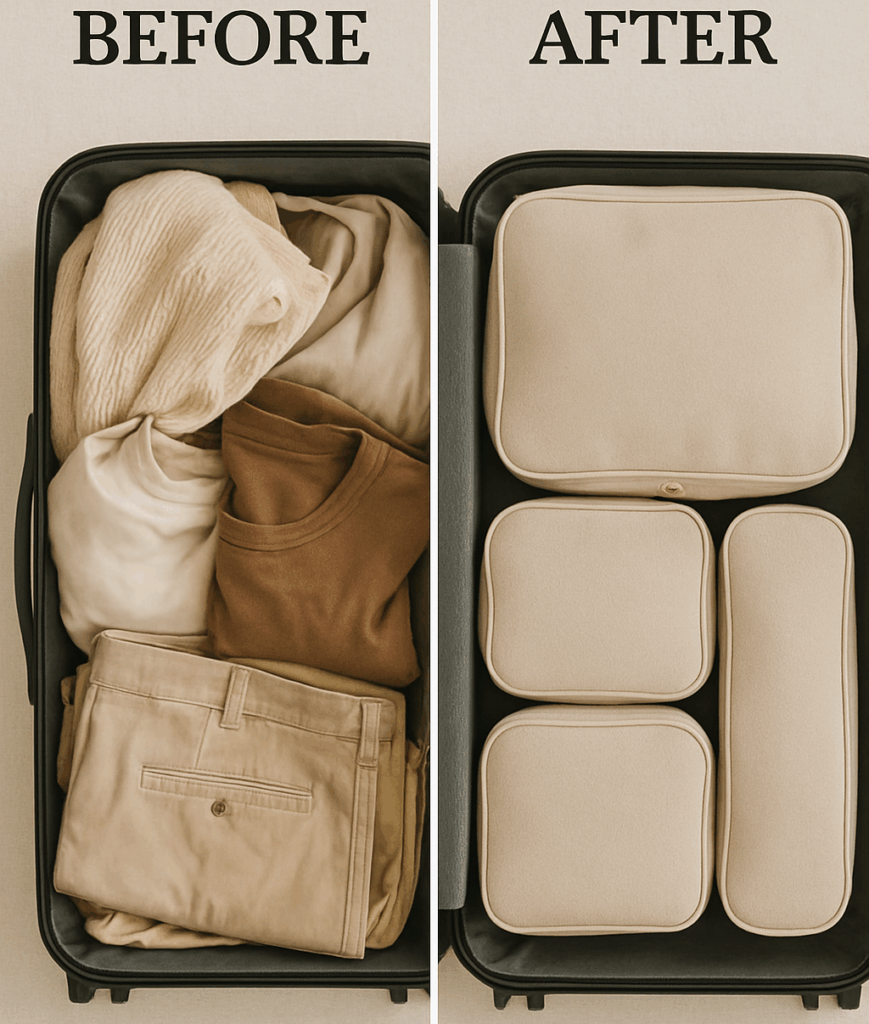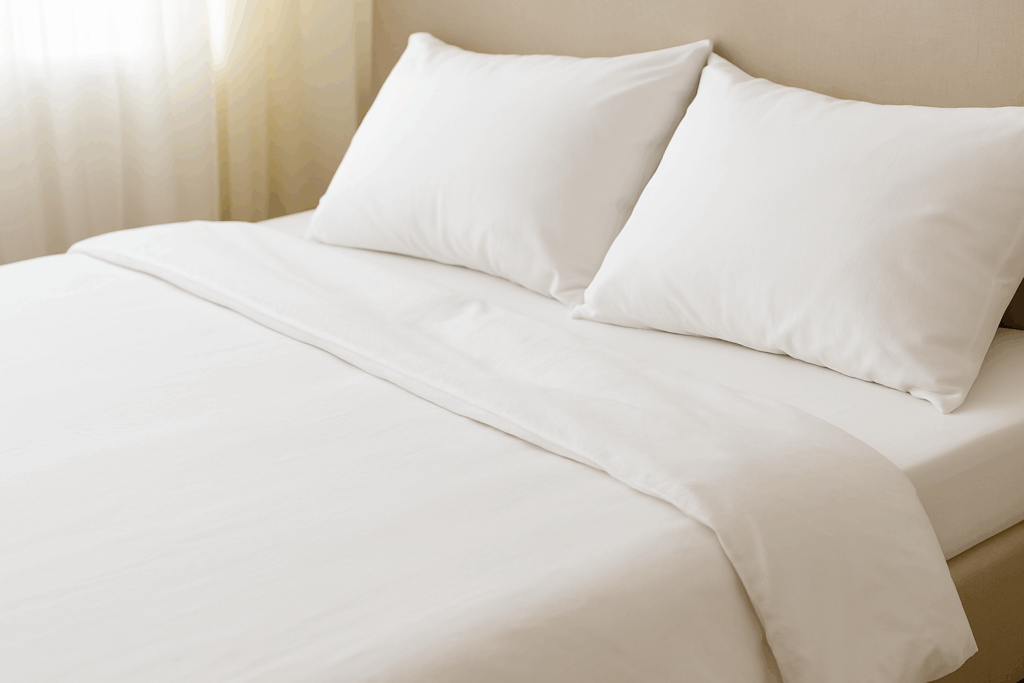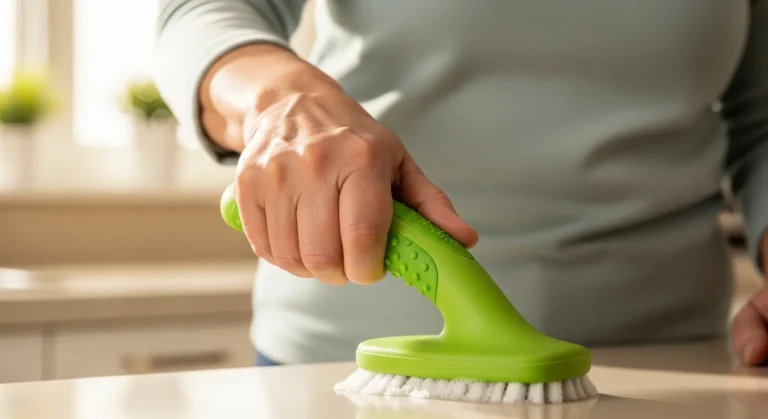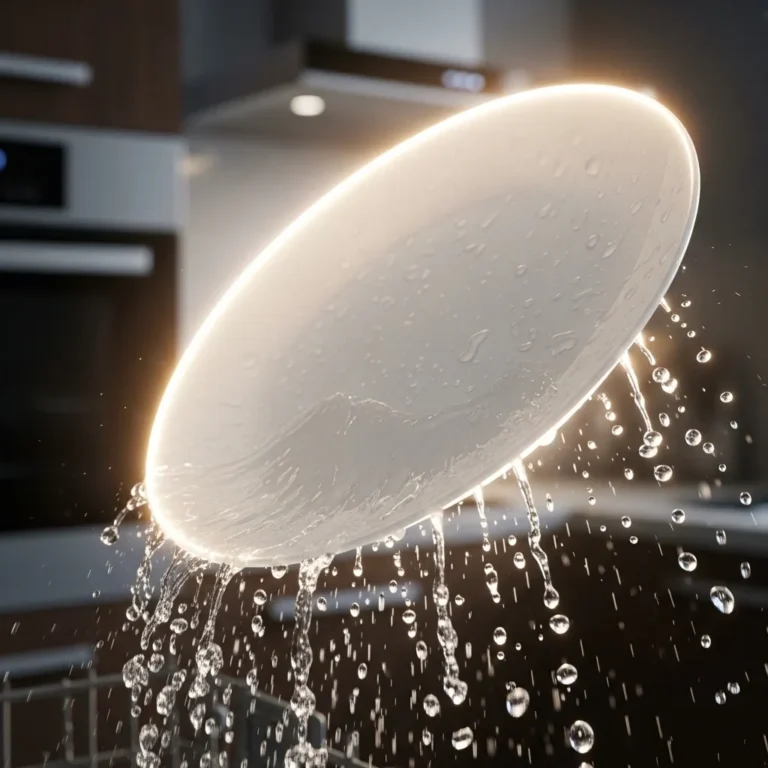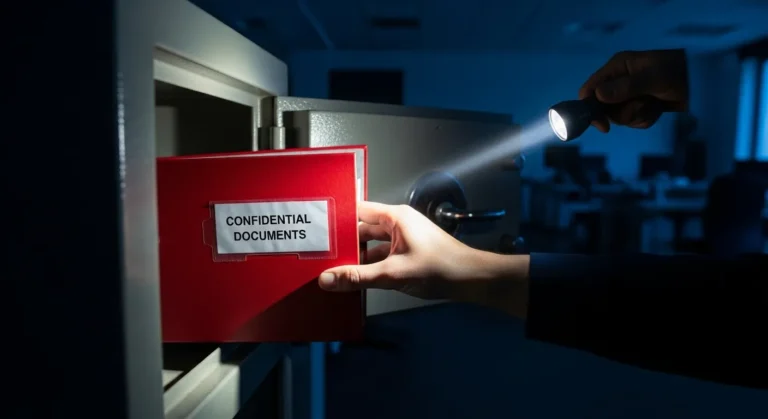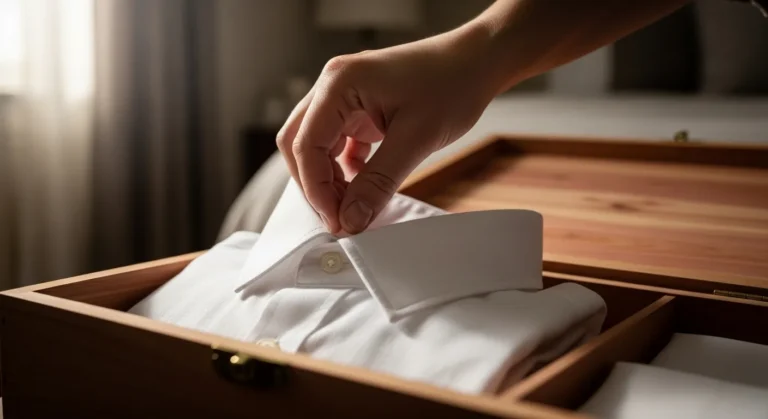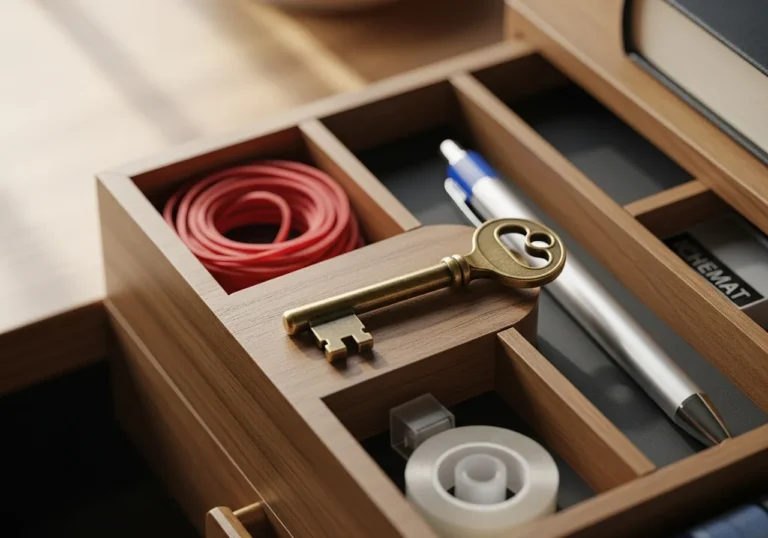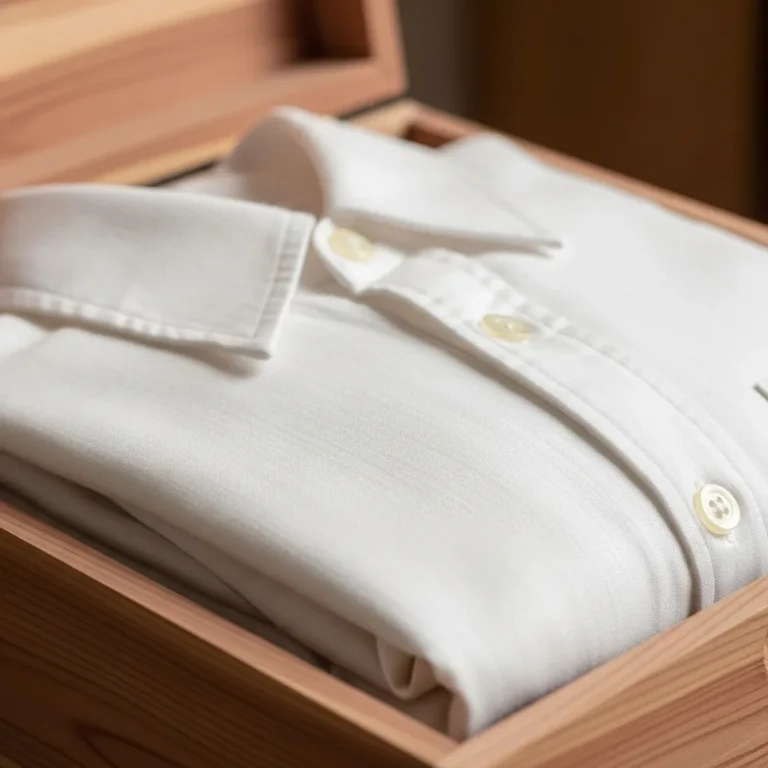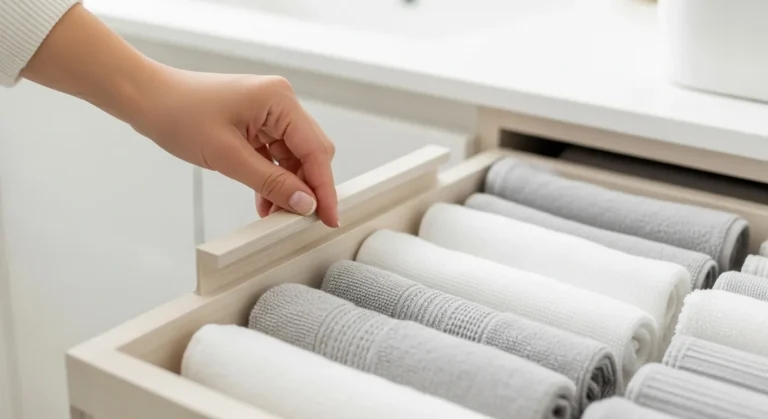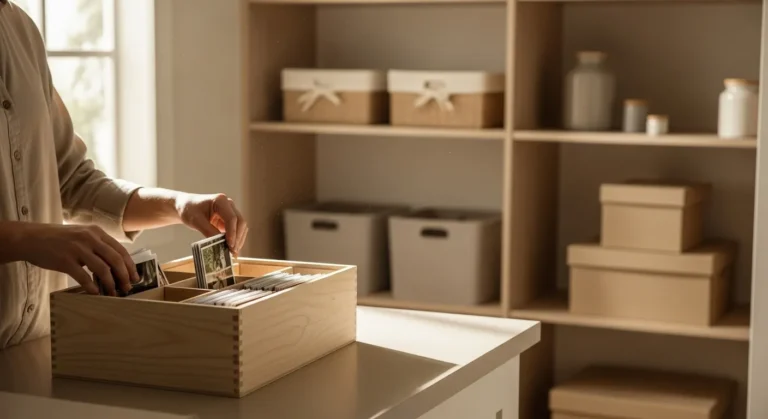Well, if you suffer from allergies or even a chronic lung disease such as asthma, you are more than likely completely aware of the effect mold has on your health. However, even if you do have a healthy immune system and zero allergies, mildew can easily cause a wide variety of health issues, from coughing, wheezing, and throat, to skin, as well as eye irritation.
Mold can grow everywhere, and even if you can’t fully control your exposure to it outdoors or in public spaces, you can, however, check for mildew in common places around the house and take necessary measures to prevent and even remove it.
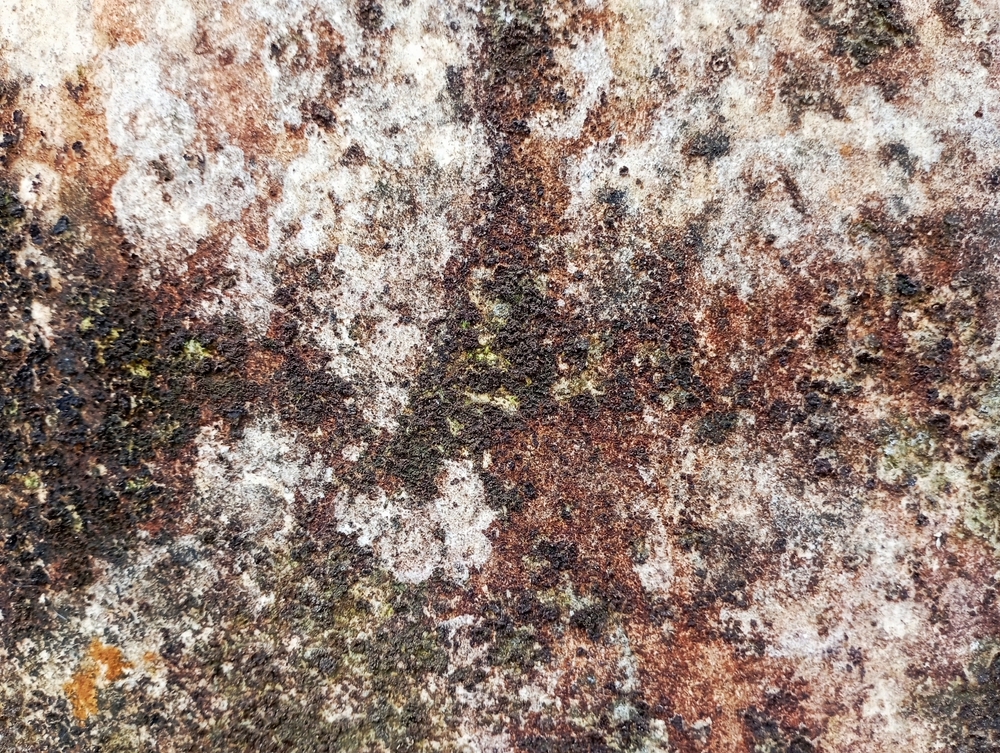
What causes mildew in your home?
Mold is, by definition, a specific type of fungus that easily sprouts from microscopic spores floating in the air. When wide clusters of mold spores grow on surfaces, they start to reproduce and become visible to the human eye.
If you suffer from mold allergies, asthma, or any other lung condition, breathing in the microscopic pores can trigger such an attack. If you don’t, you most likely don’t even know there’s mildew in your home, at least not until you see it or smell it. One of the best indicators of mold is a specific damp, musty odor.
All homes possess a series of key ingredients that foster mildew growth. First, there’s the presence of mold spores, a surface for it to grow on, a lot of oxygen, warmth, and darkness.
When you add some moisture “to the mix,” that’s where your mildew issues start to emerge. Knowing where mildew can be found in homes can also help you prevent and treat it to keep both your home and body healthy.
The most common types of mold
Every single patch of mold you notice is actually an entire ecosystem of many different species and organisms. However, there are a few specific types that are much more common than others. First off, let’s take a look at the four most common genera of mold that are often more common than others.
Let’s take a closer look at the four most common types of mold that can be found indoors. Of course, within these four there are hundreds of other species, some of which are unhealthy and some benign.
Please bear in mind that many of these types produce a black pigment that protects them from the sunlight, so there’s no single species that’s just “black mold.”
However, mold colonies that are black in color are still quite likely to harbor one or even more species that put toxin-laden spores and mold fragments into the air.
Aspergillus
These molds interact with humans in many different ways. A minimum of 80% of the Vitamin C used in supplements comes from Aspergillus species, and others are also used to make foods such as Japanese rice wine sake.
However many species produce asthma and allergy triggers along with a series of carcinogenic toxins, such as aflatoxin. Aspergillus is commonly known to infect immunocompromised humans.
Alternaria
These molds generally perform quite a lot of decay in the natural world. Combined with their overall tendency to produce very high levels of toxins, Alternaria species are definitely some of the most prolific runners of crops. Their toxins are barely understood, but they still produce asthma and allergy triggers that can infect our mucous membranes.
Cladosporium
These molds are very common throughout the world, and they can grow in many different environments and climates. As they produce asthma and allergy triggers, Cladosporium species don’t generally produce any known toxins. But they are known to have horrible odors.
Penicillium
This specific type of mold is well-known for its ability to produce the bacteria-killing substance penicillin, which has been used to help humans fight infections for decades. Still, some species produce allergy and asthma triggers. In reality, there are hundreds of other genera of mold floating around you at the moment, so we might as well take a look at some of them.
Stachybotrys
The Stachybotrys chartarum and Stachybotrys atra species made this genus very well-known after being involved in the symptoms of sick-building syndrome, as well as sources of indoor airborne toxins.
While it’s definitely very toxic, Stachybotrys has never been known to infect anyone really, the worst case just causes a series of damage with its toxic spores and fragments. In a more recent twist, the species have been found to produce plenty of compounds that show promise as pharmaceuticals.
Mucor
This type of mold eats plant matter all over the world. Very few of its species can grow in such a warm environment, so infections by Mucor are very rare. When it does, however, infect immunocompromised individuals, it might provoke mucormycosis, a rather serious necrotizing disease.
Fusarium
This genus has quite a series of species that are well-known for decimating crops, but others are also eaten as food. The presence of such toxins in our food is their main threat because they only cause rare infections in immunocompromised individuals.
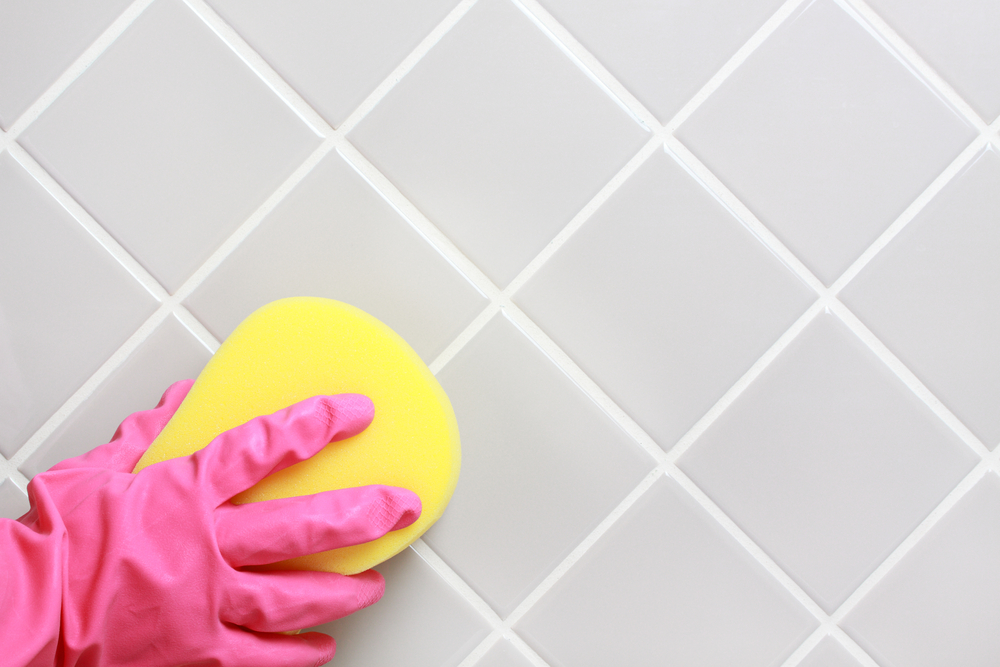
Where to check for mold in your own bathroom
You might love a long, hot shower, but I’m sorry to break it to you; so does mold. The wet and warm environment of a bathroom is basically no less than an invitation for mold growth.
Bathrooms that lack the right ventilation, whether from a window, a fan, or even better, both, are particularly prone to attracting mold. While it might turn out to be quite obvious that mold stays on shower tiles, there are many other less obvious places you might find it in your bathroom.
In the shower and bathtub
Showers, as well as bathtubs, are definitely some of the most common places you might find bathroom mold. With continuous use, these areas are generally damp the majority of the time. If you’re not effectively ventilating during and after your shower or even bath, mold spores will grow.
Mold isn’t always visible and obvious, so you want to make sure you check for mold on your shampoo bottles, washcloths, loofahs, shower curtains, in and around the faucet and shower head, and even in the tile grout.
The sink and toilet
The presence of water, mixed with the humid nature of bathrooms, makes sinks and toilets even more prone to mildew growth. The surface of the sink and its counters, if not efficiently cleaned and dried, are two of the most noticeable places you should check.
You should also look into the toothpaste and toothbrush caddies, the tank of the toilet, behind it, underneath the bathroom sink where cleaning supplies are stored (since any excess moisture leftover from using the supplies might cause mold), as well as the pipes for both the sink and toilet.
In the walls and on the floor
From top to bottom, mold growth is more than likely in a bathroom. Besides all the places mentioned above, pay specific attention to any water leaks coming from the walls or floors.
Such leaks can cause mold to grow quite fast. Bathroom rugs are also common to harbor mold and are generally not washed as often as they should be.
Some tips to efficiently keep your bathroom free of mold:
- use a ventilation fan during the bath or shower, and keep it on for a minimum of 30 minutes afterward;
- use a dehumidifier or even an air conditioner to keep all humidity levels down all over your home;
- keep all surfaces, including counters and floors as clean and dry as you can;
- check for any leaky faucets and pipes.
Where to check for mildew in the kitchen
From forgotten leftovers in the back of your fridge all the way to the not so easy to forget dishes that pile up in the sink, there are plenty of ample surfaces for mold to take up residence in the kitchen. The added levels of humidity from using the stove and running hot water from the sink could easily cause kitchen mildew to grow fast. Here are some of the most common places you should check for mold in the kitchen:
In, on, and under the kitchen sink
Plenty of things happen in your kitchen sink. Dirty dishes tend to pile up (it can happen), food goes through the garbage disposal, wet sponges soak in the sink or even in caddies collecting bacteria, and faucets run as if nothing on earth can stop them.
All of these things slowly contribute to the potential for mold growth, so you might want to check in these areas often, especially if you want to prevent mold. Moreover, don’t forget to check underneath the sink, since leaky pipes are a huge problem for mold.
The refrigerator and pantry
Food, especially if it has gone bad, can cause mold. Your fridge and pantry should stay free of old food, and the surfaces should be wiped down on a regular basis. Besides those places that are quite obvious, fridge drip trays and water dispensers might collect water too. Therefore, a special place for mildew to grow.
Microwave and stove
These food-centric places around your kitchen might witness a lot of food spillage and grease platters. These two things are two examples that mildew loves to call home. Not only is keeping these things super clean and dry very important, but it’s also an extremely easy way to prevent mold.
Other places in the kitchen
Wooden cutting boards, trash cans, behind the stove (where food crumbs generally fall), as well as windows and window sills in the kitchen, are literal heaven for mold spores. They tend to feed off of these places, so keeping them squeaky clean, and dry is very important. Here’s how to keep your kitchen completely mold-free:
- ventilate when you cook and do the dishes, by cracking open a window, using a fan, or even both;
- wash the dishes every single day, so they don’t pile up in the sink;
- clean and dry the stovetop, microwave, counters, cabinets, as well as window sills on a regular basis;
- clean out the inside of your fridge and the fridge drip tray as often as you can;
- take the trash out every day.
Where to check for mildew in the bedroom
As a general rule, your bedroom might not seem like the perfect ground for mold, and with the right humidity, it might not be. But all indoor spaces can get susceptible to mildew, so it’s still worth checking for, just to be sure.
On your mattress
In all honesty, all it takes to create mildew is plenty of moisture and something good enough for the mold to grow on. Finding mold on your mattress is quite a scary thought. If you have the possibility, invest in a mold-resistant mattress. Otherwise, try to make sure your household humidity stays low and your mattress (such as the underside) is always cool and dry.
Window and window sills
As we mentioned above, windows that collect condensation caused by humidity can be particularly problematic in preventing mold growth. If the moisture finds its way to the indoor window sill, you are more than likely to have a mildew issue. That, of course, unless you dry it off on a regular basis.
Air conditioning and heating vents
You must prefer your bedroom to be at optimal temperature for you to get the ideal night’s rest. Well, since you use the AC and heating unit and you have the option to control humidity, it’s possible for mold to grow in the vents.
To prevent mildew from getting into your bedroom, you should definitely:
- use a dehumidifier to remove all excess moisture from the air;
- dry up any condensation you find on the walls and windows;
- invest in a mold-resistant mattress or minimum a waterproof mattress cover.
Where to check for mold in your living room
It’s quite obvious now that mold can easily form in any room of your house. The living room is definitely no exception. From having meals in front of the TV all the way to household plants you already have to keep the air fresh, the chance of mold growth in the living room is compounded with every single element you add.
Couch and curtains
Fabric and upholstery do a wonderful job when it comes to collecting mold spores. All in all, if your couch (or any other cloth-covered furniture) or curtains are moister, you might end up dealing with a foul, musty smell. This should definitely alert you that it’s mold. But even if it hasn’t gotten all that noticeable, it’s still very wise to check.
Indoor plants
Greenery in your own home can definitely be a good thing for air purification. But if you don’t monitor it, it can also cause mold to grow. Make sure your home is at its optimal humidity level and that you don’t overwater your plants, and it should be more than enough to prevent mold.
Fireplace and chimney
When you don’t use them, fireplaces and chimneys are cool, damp, and dark. Well, this makes them the ideal spot to mold spores. Since the brick used to build most fireplaces is also porous, the mildew spreads with ease.
There are many ways in which you can prevent mildew from growing in your living room. First, you can always use a dehumidifier to keep the moisture levels low in your home. Then, make sure that fabric couches and curtains stay clean and dry. Last but not least, have your chimney and fireplace cleaned by a known professional.
How to check for mildew in your attic, basement, and garage
You might not spend a lot of time in these specific rooms of your home. Not only does this mean you are way less likely to notice mold, but also that the mildew is more likely to grow caused by poor ventilation. This, combined with the dark, cold nature of the attics, basements, and garages, makes mildew more than likely.
In the attic
Mildew in the attic is definitely a problem, as it can take over a lot of your ventilation system. If left unchecked, it can spread mildew throughout the rest of the home.
In your attic, you should check for mold on the roof, close to any possible leaks, in your insulation, near other vents from the kitchen, bathroom, or laundry room, close to the water heater or furnace, or around your soffit vents.
If you found this article interesting, we also recommend checking: Top Amazon Cleaning Products That Will Transform Your Home

